Case study - Smart City
Optimizing the operations of school complex
Flowbox helped the town of Zruč nad Sázavou in streamlining the operations of their local primary school. It ensured healthy conditions for its children thanks to CO2 monitoring. It helped manage energy consumption according to the school’s timetable and attendance. The town now has oversight of the safe operations of the school and integrated control of its technologies.
In 2020, the town of Zruč nad Sázavou won the competition of the magazine Modern city in the category of Smart Cities.
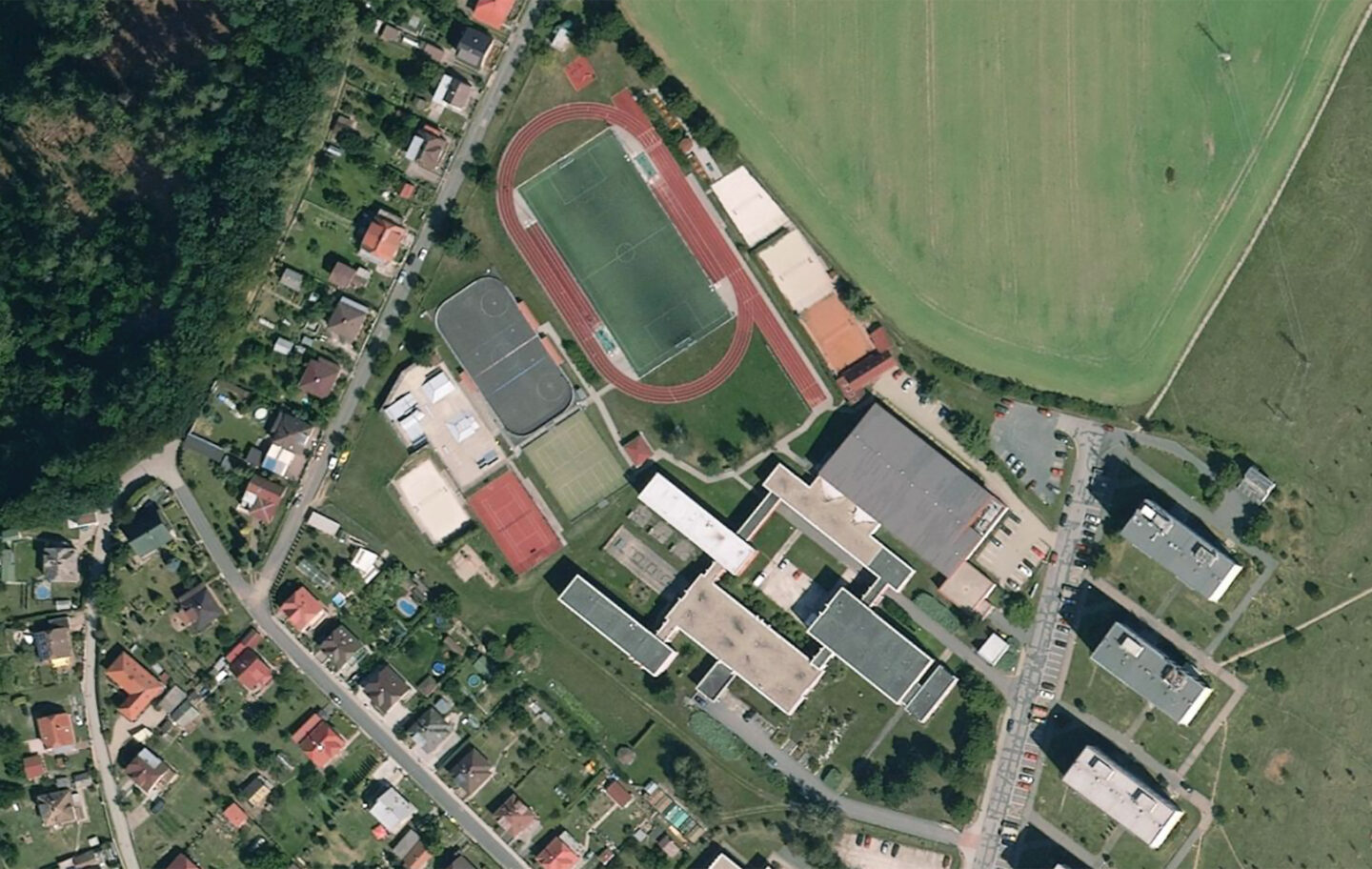
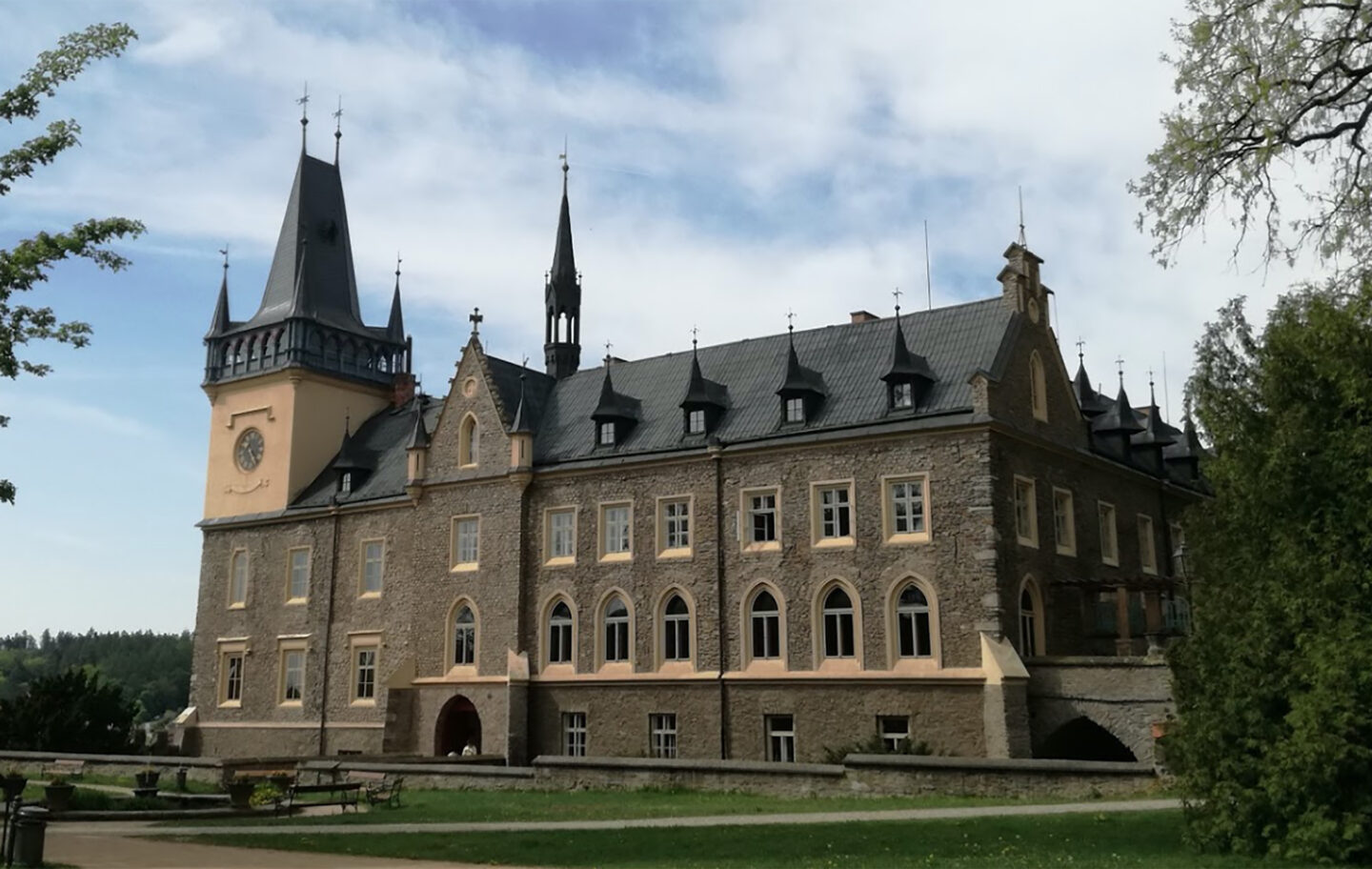
About the client
Town of Zruč nad Sázavou – 7 blocks of school complex including primary school, art school and sports hall.
-
A
Initial statePoor air quality due to insulation and sealing of school buildings.
Waste of energy in school buildings.
Outages and failures of technology due to insufficient control.
No connection of security systems. -
Z
Desired stateHealthy conditions for children thanks to CO2 monitoring.
Management of energy consumption according to the school's timetable and attendance.
Oversight of the operations, integrated control of technologies.
Integration of security systems.
Poor air quality due to thermal insulation and sealing of school buildings.
High concentrations of carbon dioxide in schools are a frequently mentioned problem today. Paradoxically, this is due to the pursuit of efficient management and environmental protection. After schools have been carefully insulated and sealed in recent years (thermal insulation of facades and new windows) to save energy, the level of CO2 in classrooms is rising.
During the lessons, students increase content of CO2 by their breathing above the level suitable for teaching (max. 1500ppm units). This impairs their ability to learn and makes it difficult for teachers to work. With higher CO2 values, pupils become tired and inattentive. The primary school in Zruč nad Sázavou also faced this problem.
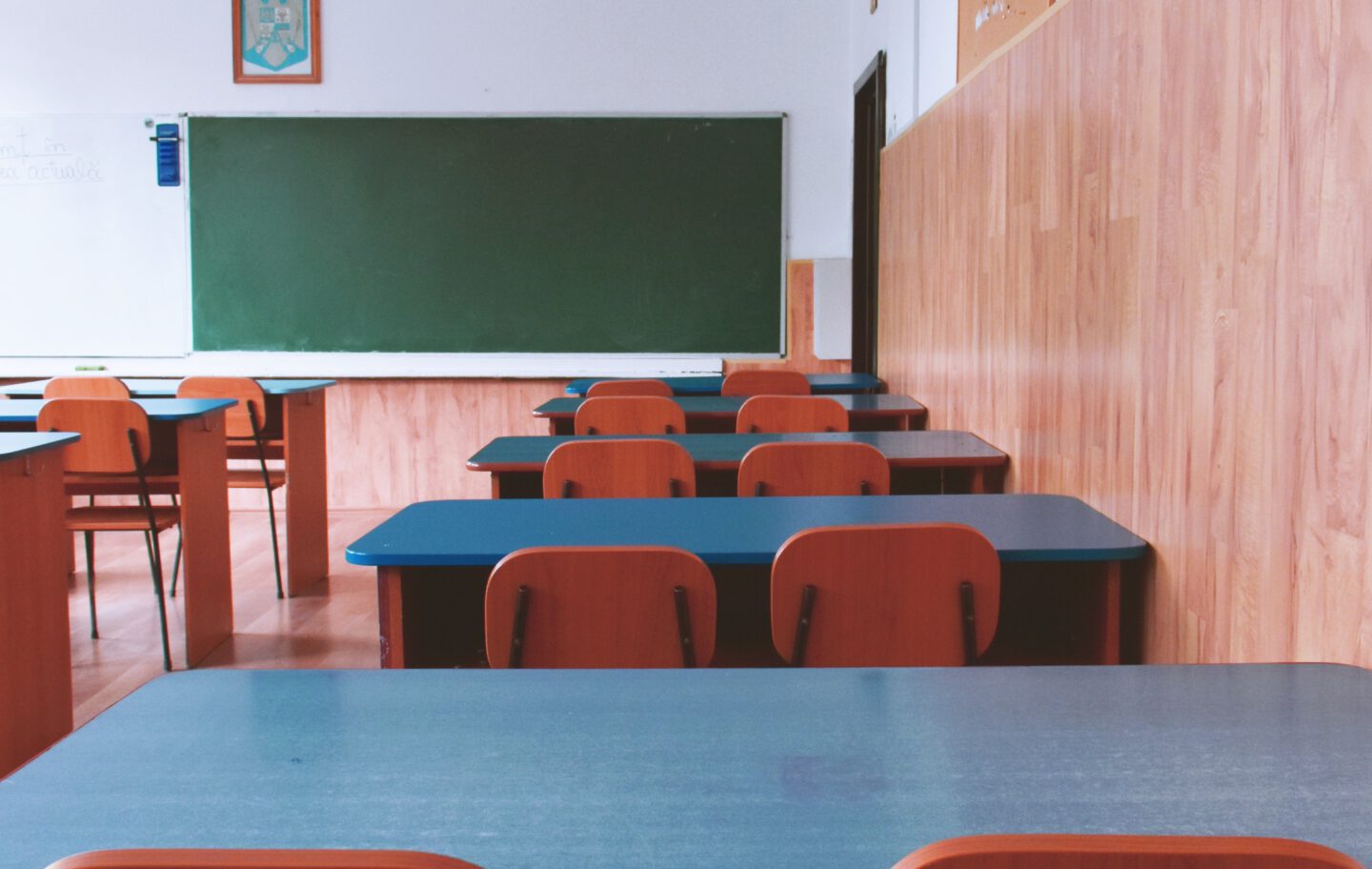
Significant decrease of CO2 and no loose of thermal energy in the buildings.
The warning signals draw attention to higher level of CO2 and thus guides students and teachers to react immediately.
Healthy conditions for students thanks to CO2 monitoring.
The solution to the CO2 problem is natural ventilation through recuperation systems. However, this would require a significant investment to modernize the school and install air handling technologies, which are not feasible in the short term. This should be a strategic project in future investment plans with long-term benefits.
Until the installation of recuperation technologies, it is necessary to establish a warning system for teachers and students notifying them about increased level of CO2 during lessons in real time. This is done by red light warning signals in individual classrooms. When the maximum hygienic level of CO2 is reached classrooms are ventilated by simply opening windows and doors for a short period of time.
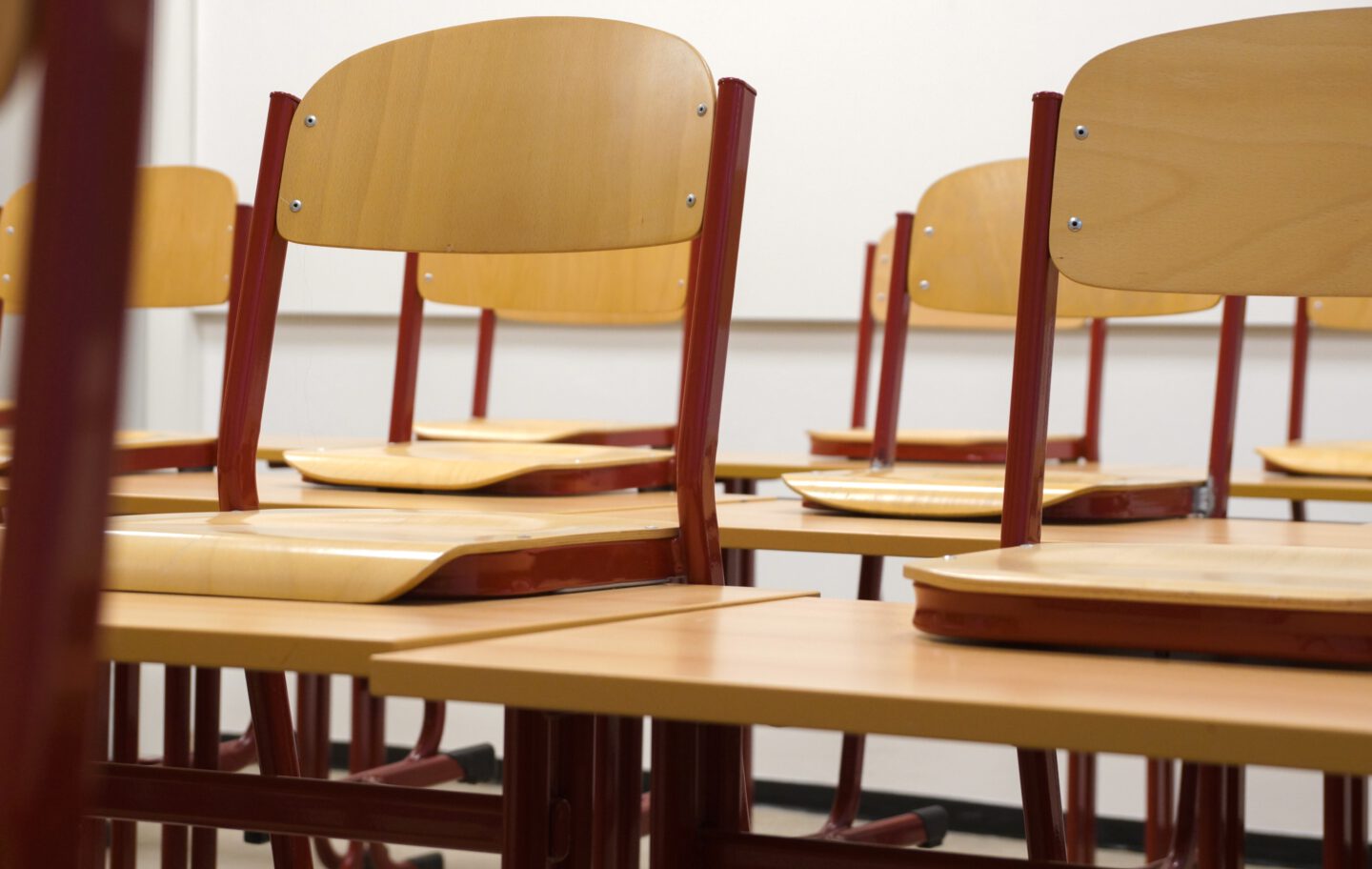
Energy management according to school timetable and people attendance.
The individual buildings and classrooms were divided into heating zones and each zone is regulated separately according to the timetable and attendance, the condition of the building (secured or not), current weather, and the weather forecast.
Energy savings of 15 percent per year.
The usual schedule in primary school is until 4 pm, then it declines, when lessons of art school begins only in the afternoon. Weekends and days off are automatically reduced.
The regulation system heats spaces that need it and reduces heating in the unused rooms. The school manager can adjust the individual regimes according to current requirements. Finally, the heat exchanger supplying heat energy (heat source) is regulated according to the condition and requirements of the individual heating zones. The heat consumption graph on the left shows the consumption and operating costs during the classes and the sharp decline during the weekends.
This effective regulation achieved higher temperature comfort in classrooms (by 1–2 °C), the ‘feeling of cold’ disappeared. At the same time, the regulation brought an energy savings of 15 percent per year compared to the previous heating season.

Comparison of heating seasons of 2018 and 2019.
Since the deployment of the Flowbox solution in the summer of 2018, the Energy Performance Indicator (EnPi) of the whole school complex have had a declining trend. In the year-on-year comparison, in the spring of 2018, a large inefficiency is evident, which was eliminated using the Flowbox system.
The result is a saving of 332 GJ/year and ~6,000 EUR/year.
For a correct comparison of the efficiency of heating control in the whole school complex of the town of Zruč nad Sázavou, the method of comparing heat consumption with regard to so-called day-degrees (Ds21) was used.
Day-degrees are values that consider the length of the heating season and the average outdoor air temperature.
For a correct comparison of individual years, the determination of the Energy KPI and the EnPi – Energy Performance Indicator, was made. In our case, we define EnPi as the supplied energy per on day-degree (EnPi = heat consumption / day-degree).
The lower the EnPi value, the higher the efficiency (less energy is needed per day-degree).
For the purposes of calculating the achieved energy savings, the comparison of the heating period 2018 and 2019 was counted. The year 2019 also contains a calculation for heat needs and other operating costs regarding the day-degrees of 2019 (heating period and outdoor temperatures) and at the same time, if the heating control was not implemented, i.e., the heating regime of 2018 would be maintained.
Return on investment in heating control is three years only! System installation also brought other benefits like higher thermal comfort in classrooms and sports hall, remote supervision and user control or possible timely intervention if the heating system fails.

Detailed energy measuring for every building.
Measurement of energy consumption, including the reserved power input, was implemented for individual buildings and consumption points, together with an analytical tool for detecting anomalous states and inefficiencies in real time.
More than double energy reservation was identified.
Measurement and analysis revealed an excessive energy reservation (real use up to 50 percent), which represents the potential for additional savings .
In individual buildings, excessive water consumption is also monitored, controlled and evaluated due to, for example, a sudden water leak, such as a burst pipe or purely through the leaking toilets tanks or failure to close the taps in the toilets and washrooms of the school and sports hall.
If such an event occurs, the facility manager is immediately informed by a message sent to mobile device to ensure immediate inspection and repair. This avoids financial losses and the need to invest in repairs of damaged property.
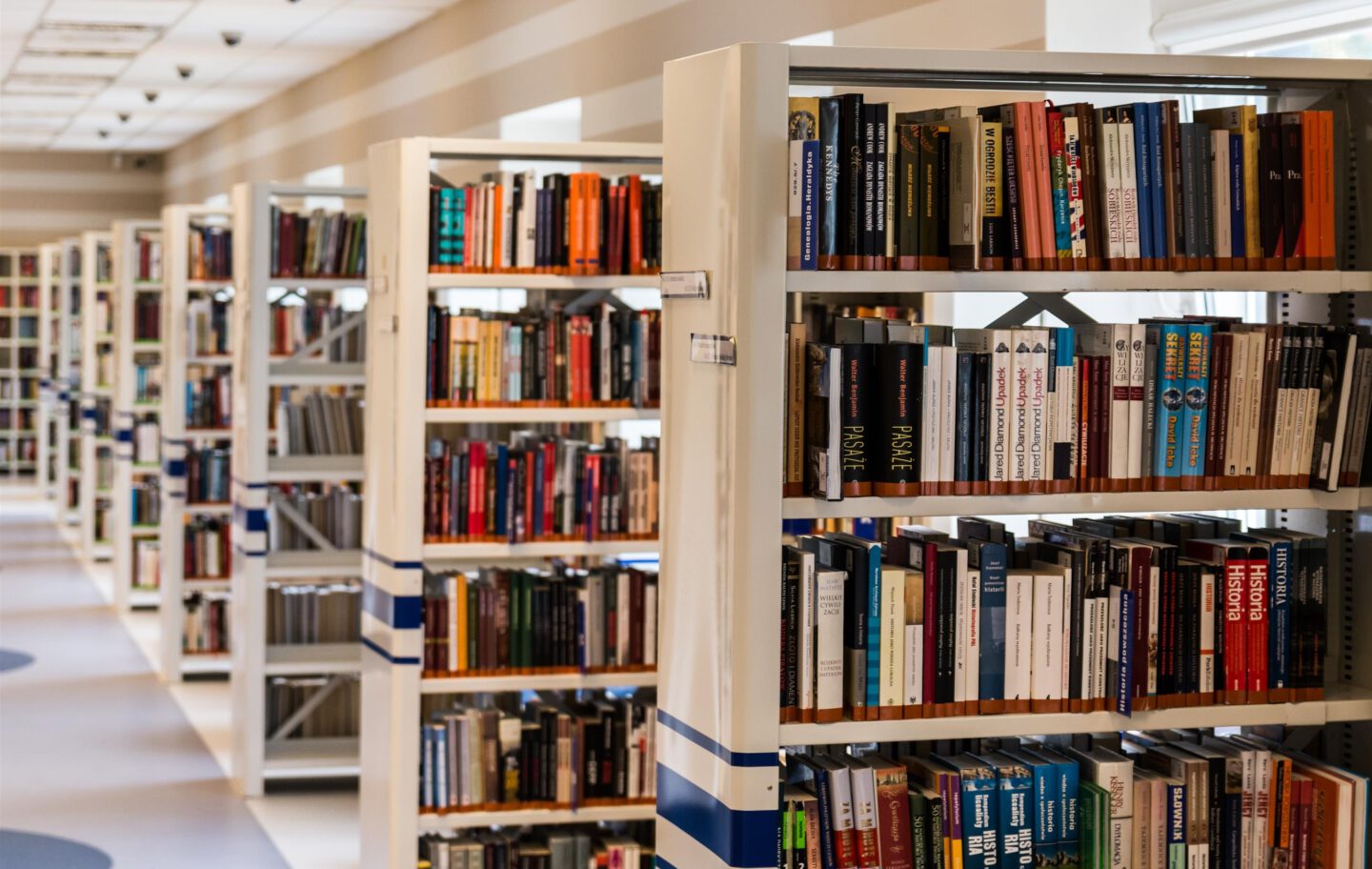
Oversight of the operations, integrated control of technologies.
- Air quality control and heat recovery for sports halls, fitness, and locker rooms.
- Lighting control and management.
- Control and operation of external blinds.
- Curtain control for the dividing of individual sports venues.
- Motorized control of basketball hoops.

Integration of security systems.
The integration provided a unified user interface of security systems from various suppliers for the whole school complex.
Solution architecture.
A modular topology and architecture with Flowbox SmartCity Manager SCG5000 was deployed for the town of Zruč nad Sázavou. In the data center, a dedicated cloud for the town was set up, which is connected to individual buildings via the Internet. The buildings then have their own secondary and decentralized control and operating elements of technologies – the Flowbox Alliance Gateways as edge secondary control servers and PLC controllers, to which the individual peripherals (technologies and sensor elements) are connected.
The town platform is ready to integrate any technologies or buildings that the town manages, such as schools, kindergartens, hospitals, sports grounds, nursing homes, etc., as well as public lighting, sewage and waste systems, transport and service systems, parking and camera systems and many others.
All control takes place at the local level; administration and maintenance are remote via the town’s cloud.
Within the primary school, multi-sensors monitoring the current temperature, humidity, and CO2 were installed in individual classrooms. The individual sensors were connected to the backbone bus infrastructure with the MODBUS RTU communication protocol. The sensors are connected to aggregation nodes (GW> GATEWAY), which convert MODBUS RTU communication to the TCP / IP standard. To control the heating circuits, the control of the servo-drives of the heating circuits of the individual zones is used, which are connected to the operating PLC controllers.
For areas where it was not possible to install cable routes and bus systems (study rooms, corridors, etc.), the temperature sensors connected to the so-called Flowbox Wi-Fi Node FBX500 were installed, which uses local Wi-Fi networks to transmit information from the sensor. The advantage is a quick solution and low price. However, the use of the Flowbox Wi-Fi node is much wider, as it can offer, among other things, energy metering or control of end devices.
As an alternative solution in our other installations, we also use LoRaWAN wireless IoT technology FBX3400, where we cover the entire school campus with our (dedicated) wireless network. In this case, it is not necessary to install any cable routes for sensor elements and the individual classrooms or zones are equipped with wireless multi-sensors (temperature, humidity and CO2) with battery supply (or with power supply from a 230 V source). The battery life of the sensor is three to five years depending on the frequency of sending data from the sensor.
Flowbox helped the town of Zruč nad Sázavou to streamline the operations of whole complex of 7 separate buildings.
- 15% energy savings
- 162.000 EUR / saved per year
- 3 years return of investment